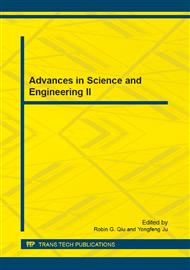p.408
p.414
p.421
p.428
p.436
p.443
p.449
p.455
p.464
Development and Application of CHANSIGNAL Signal Timing Software System
Abstract:
Considering the mixed traffic flow of current urban traffic condition in our country, the paper develops the CHANSIGNAL signal timing system based on the improved TRRL signal timing model. Through simulation analysis and case verification, the system presents the advantages of high accuracy, calculating speed in signal timing for intersection. The system significantly improves the traffic operating condition, which proves the system’s validity and practicality.
Info:
Periodical:
Pages:
436-442
Citation:
Online since:
October 2011
Authors:
Keywords:
Price:
Сopyright:
© 2012 Trans Tech Publications Ltd. All Rights Reserved
Share:
Citation:


